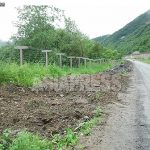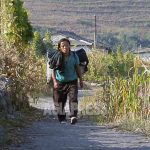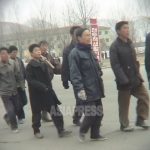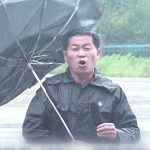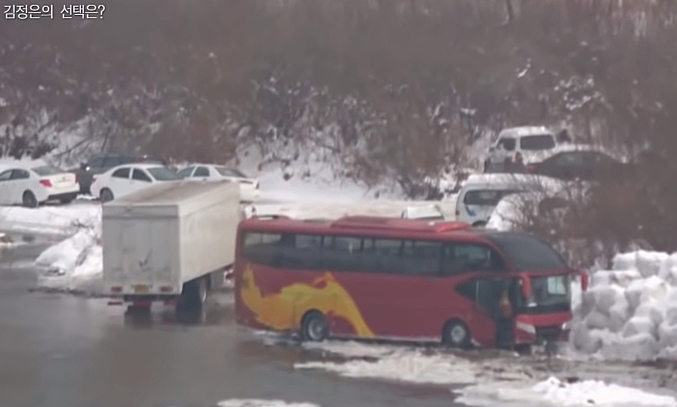
After strong sanctions were imposed by the U.N. Security Council, the Kim Jong-un regime put much effort into running smuggling operations at the Chinese border. Taking control of these operations, North Korea’s administrative, customs, and security agencies were mobilized to smuggle goods over land and at sea. With COVID-19 shutting the border, however, what is the state of smuggling operations currently? ASIAPRESS investigated the issue, working with partners both in China and North Korea.
■ Smuggling along the 1,400 kilometer border
The total length of the China-North Korea border is 1,400 kilometers. The border is almost entirely defined by 2 rivers, the Yalu River and the Tumen River.
The Chinese government, in an effort to block entry of refugees and combat theft, murder, drug smuggling, and weapons smuggling by border-crossers, began installing barbed wire fences along the river about a decade ago. Since 2014, entry across the Tumen River has been entirely blocked with barbed wire. Meanwhile, along the narrower stretches of the Yalu River, there are iron fences set up to block entry. The North Korean side has also covered much of the border with barbed wire as well, mainly due to concerns of its own citizens escaping.
Musan County and Hoeryong City in North Hamkyung Province were once the most common spots for refugees to escape into China. With security much tighter now, these areas have become more difficult places to cross the river. The most popular spot for smuggling, meanwhile, is just outside of Hyesan City, along the upper stretches of the Yalu River. Boats are also used for smuggling along the middle stretch of the Yalu River in Jagang Province and along the lower stretches of the river in North Pyongan Province. In addition, smuggling takes place ship-to-ship out at sea off the west coast, as will be described momentarily.
Next page :The structure of “state smuggling”...


